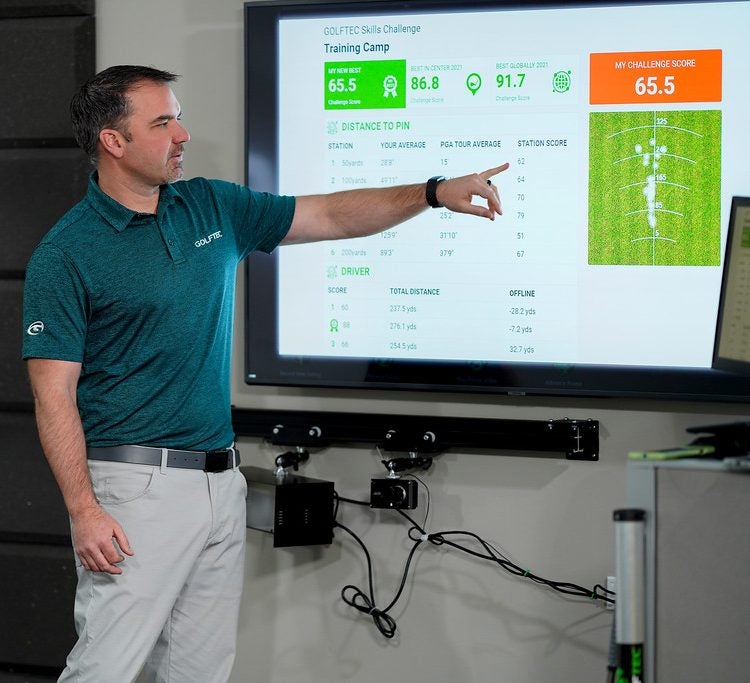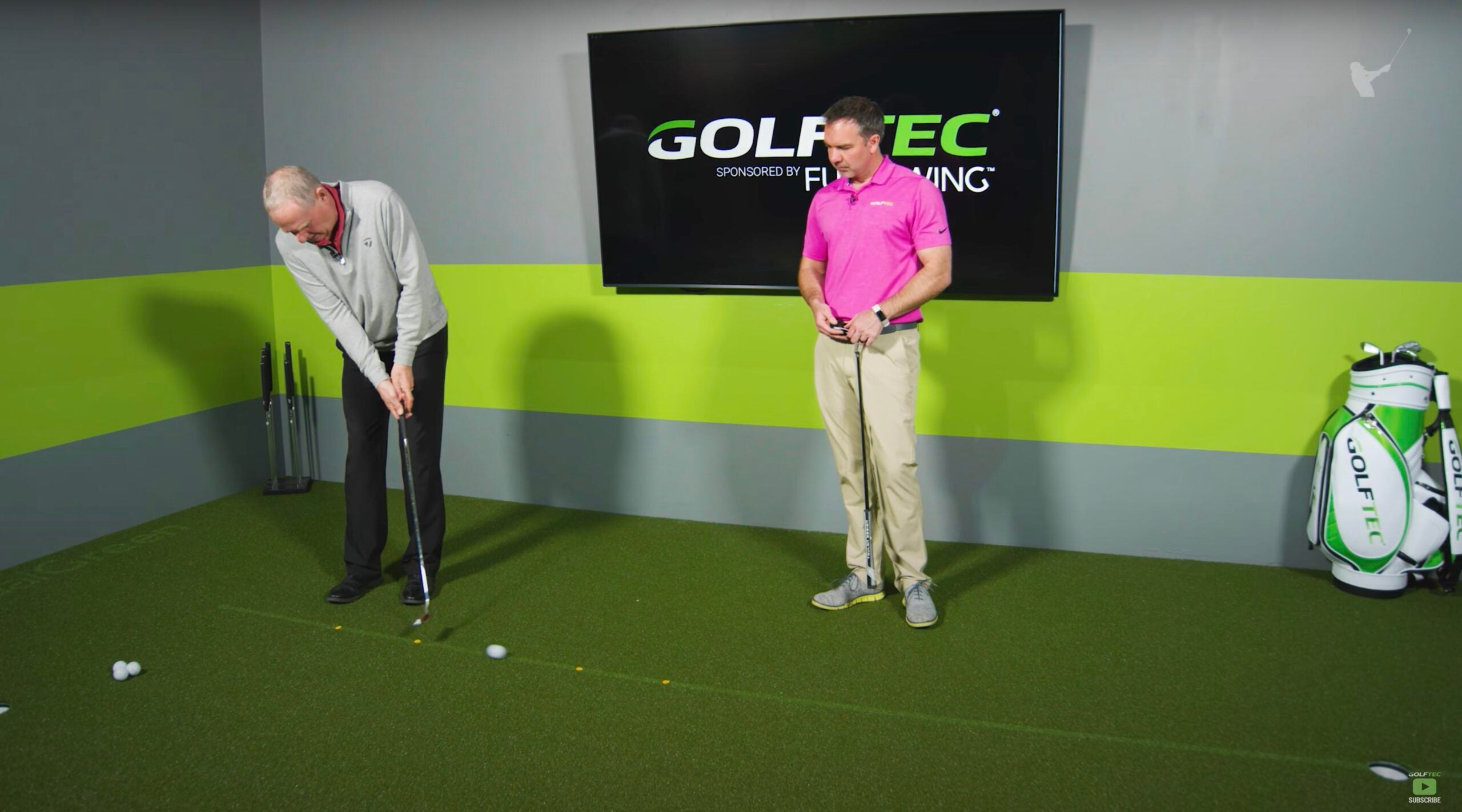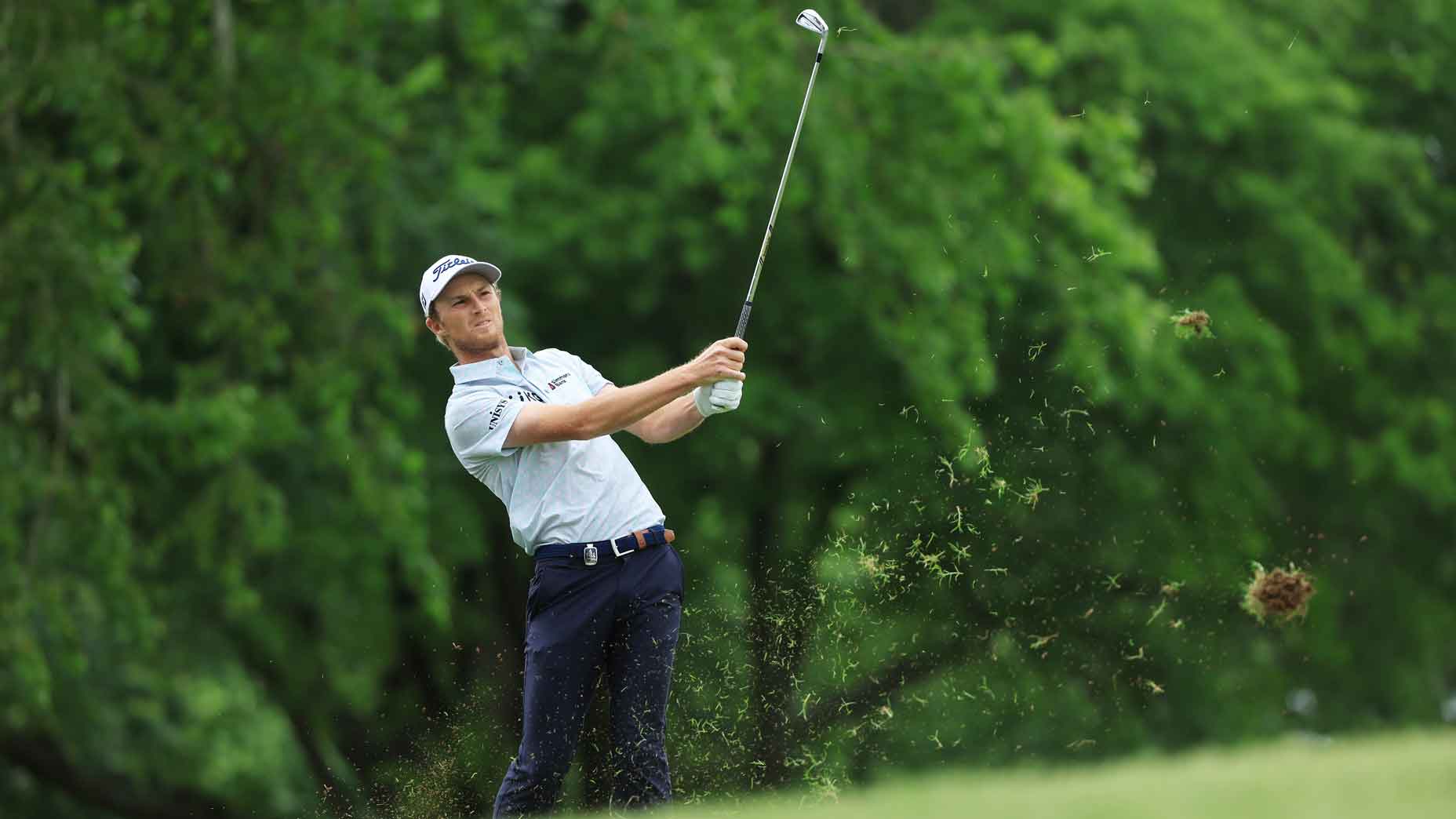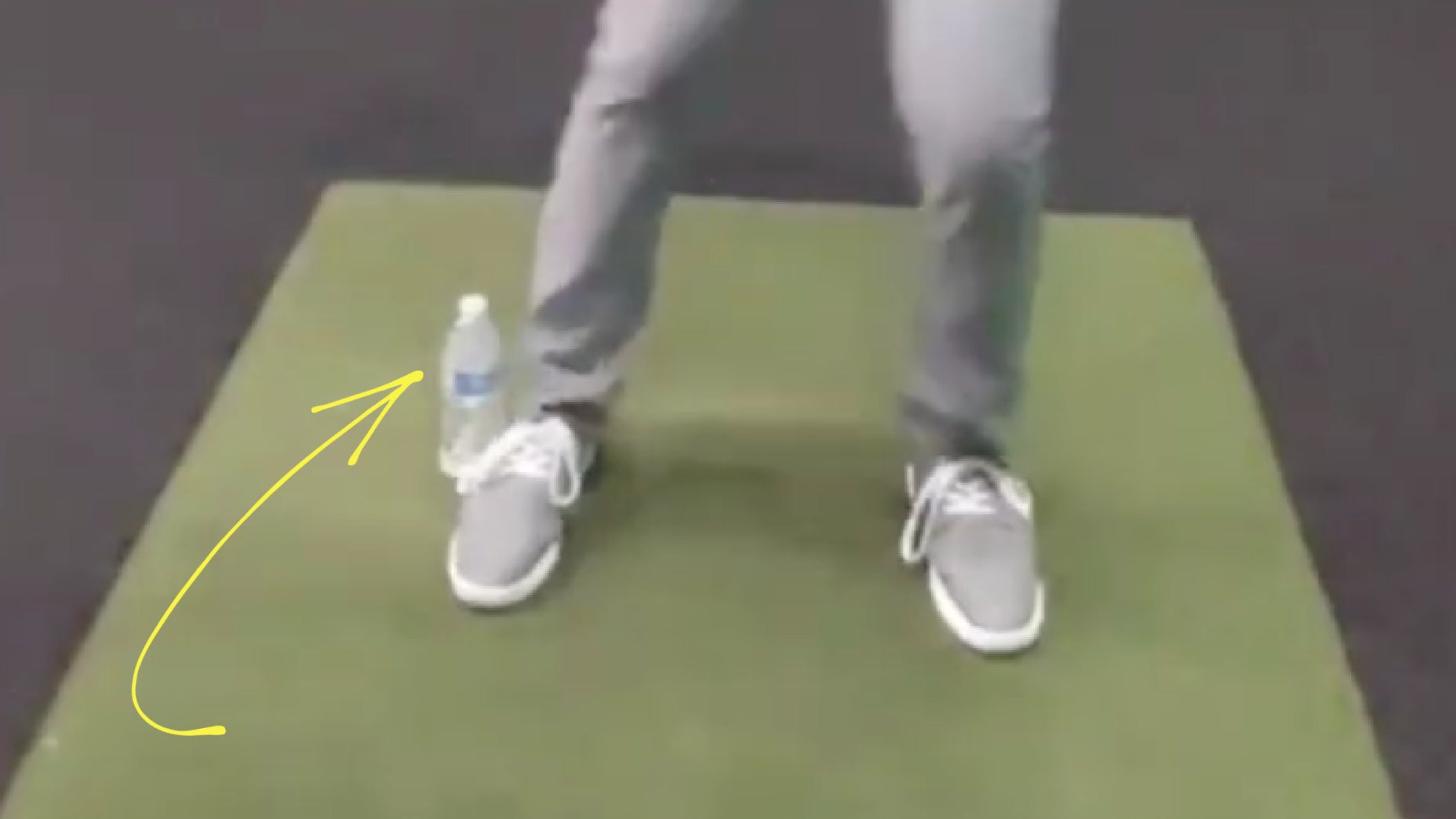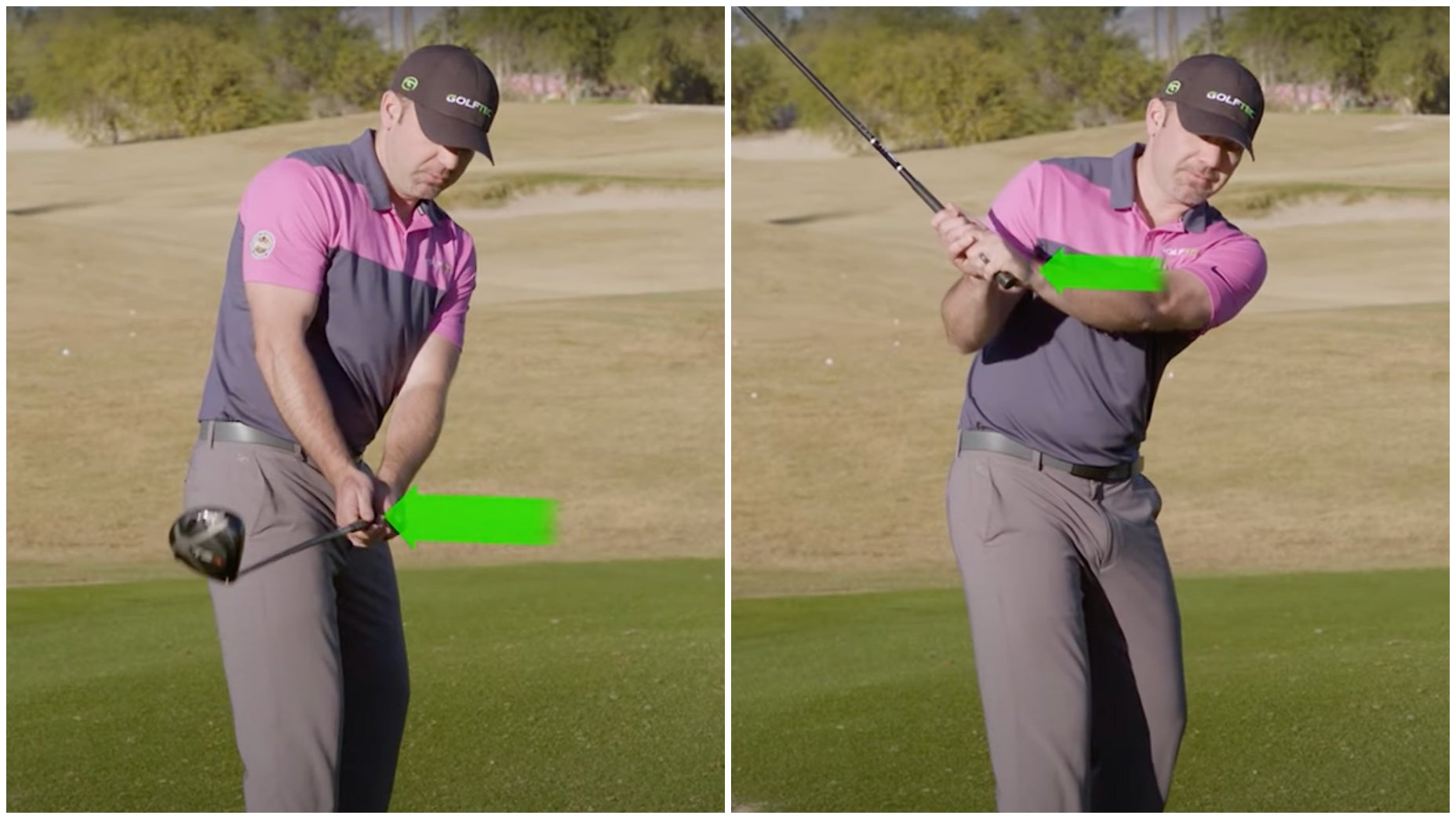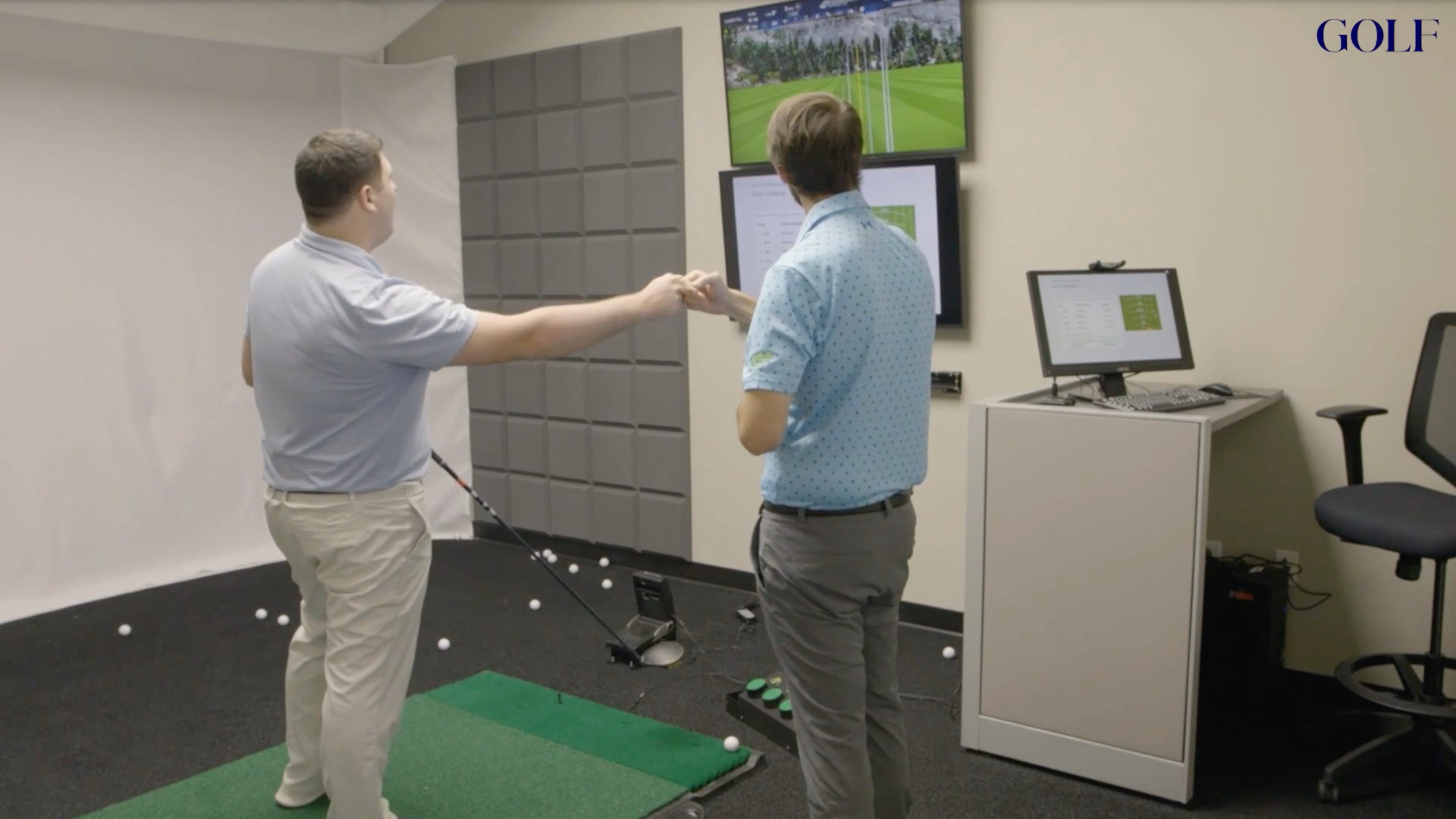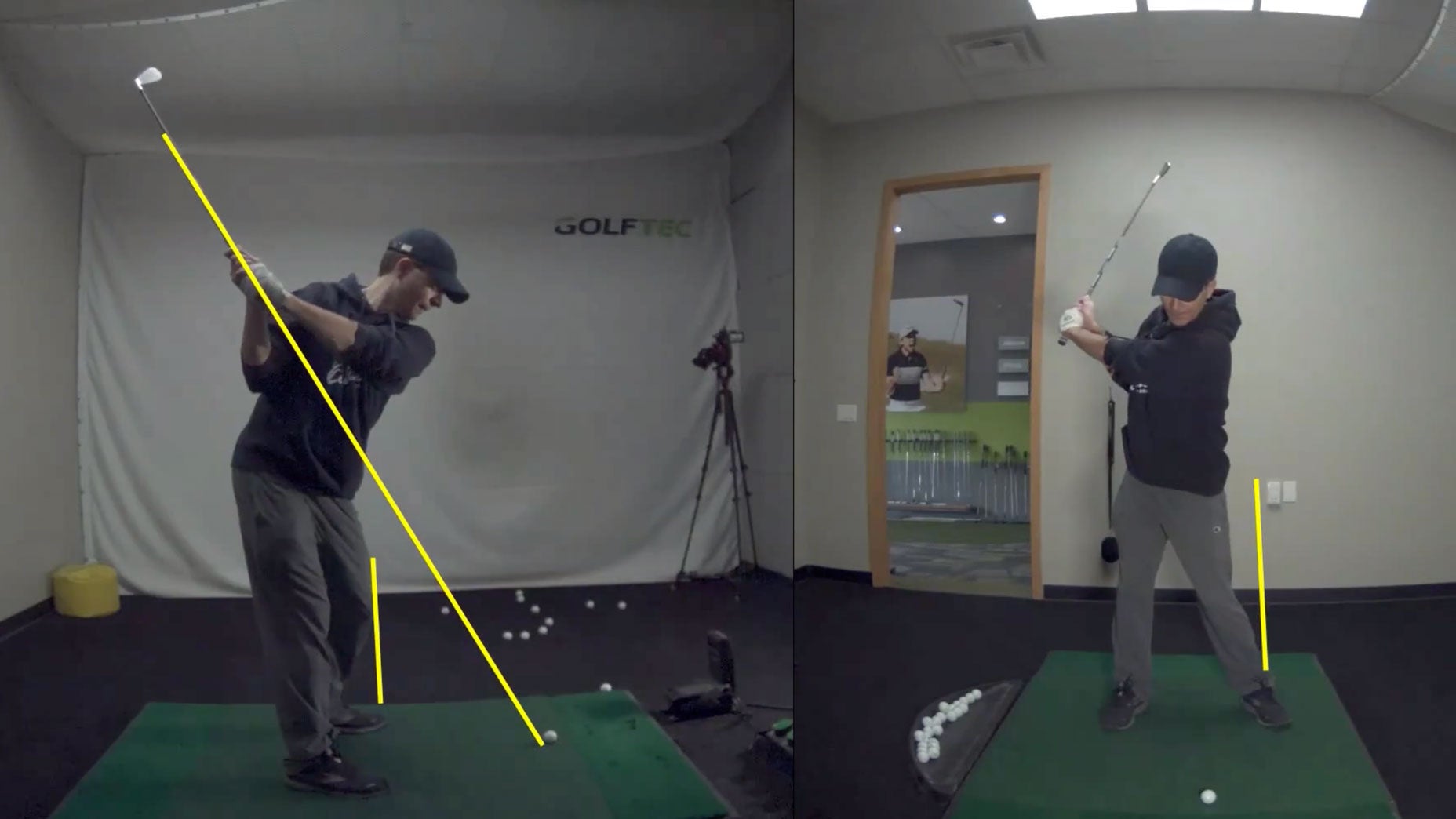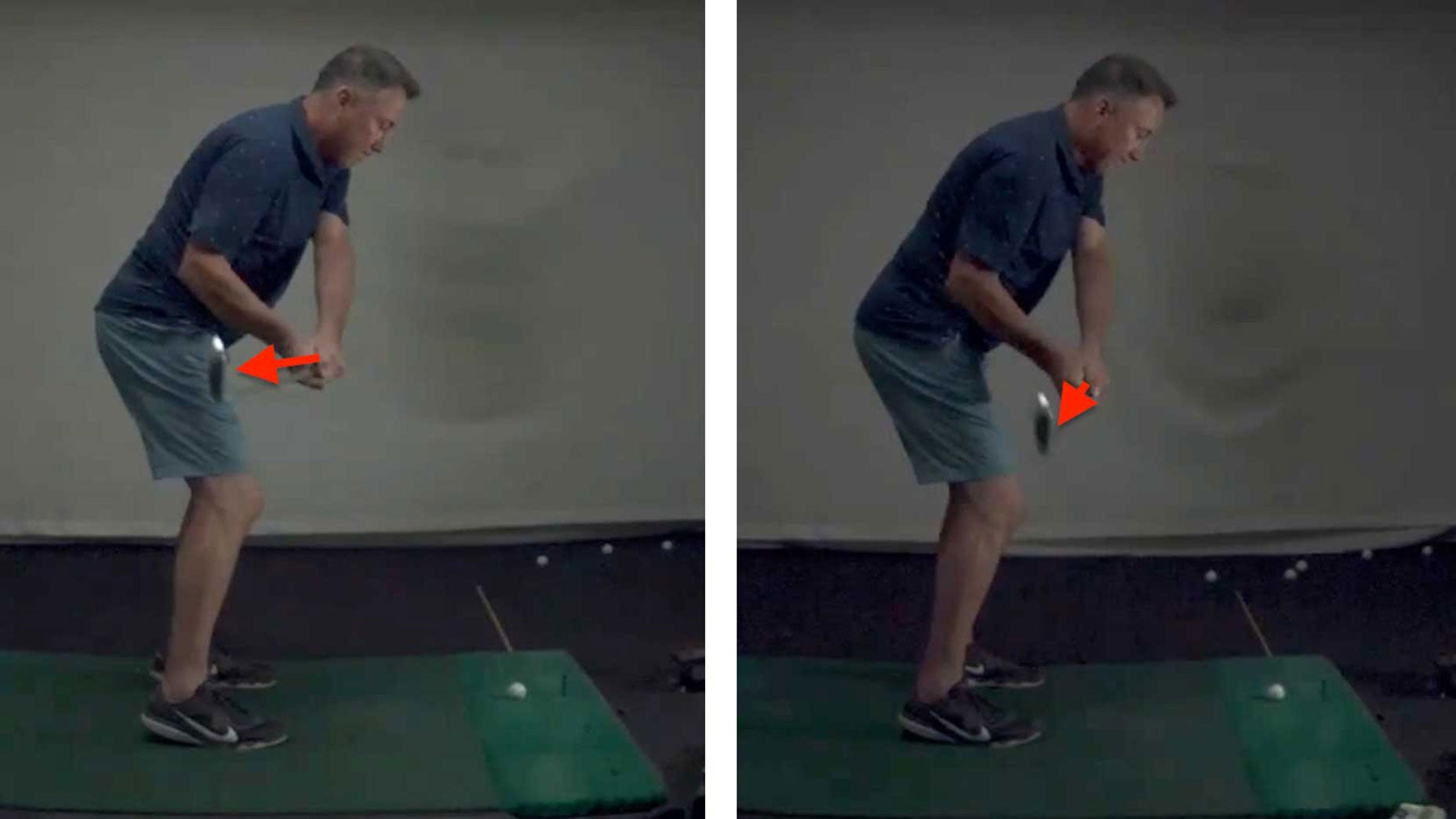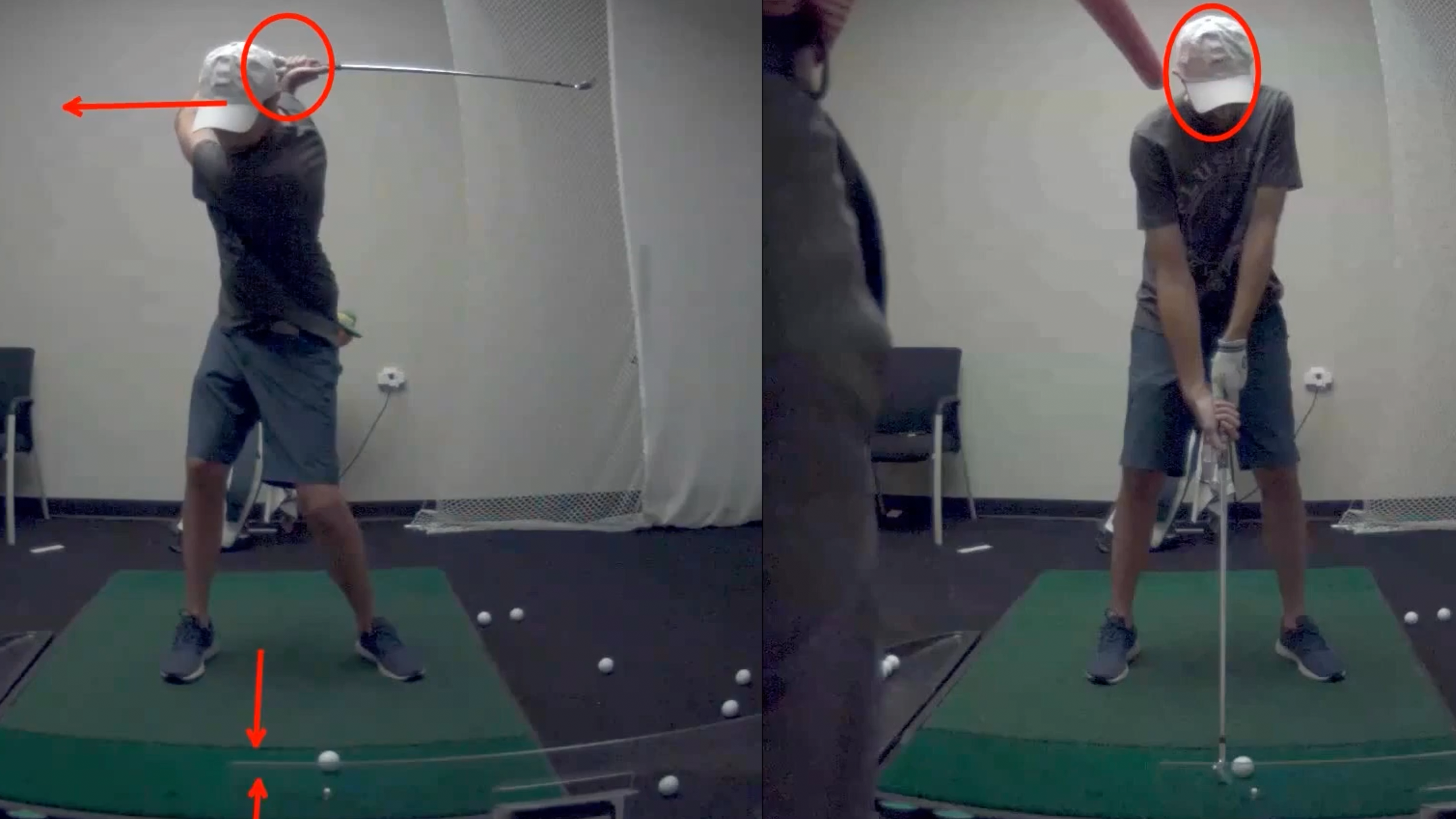4 scorecard-wrecking mistakes low handicaps know to avoid

GOLFTEC's study found a number of correlations between higher and lower handicaps.
Getty Images
Spring is coming, which means the golf season clips into full force. I don’t know about you, but I’m revving-up for a good season this year, and that means tidying up my game by avoiding self-enforced errors.
Often, that’s the difference between lower and mid handicappers, but thankfully they’re some of the easiest things to fix. The key is knowing what to avoid in the first place.
Our partners over at GOLFTEC gathered data from millions of golf swings and came back with some interesting insights about the different things lower handicappers do, and those who shoot higher scores.
You can book a swing evaluation or fitting at GOLFTEC right here, and in the meantime, here are a few mistakes to steer clear of the next time you’re on the course that’ll help you shoot lower scores…
$100 Swing Evaluation or Club Fitting

1. Unpredictable misses
One of the biggest separators between golfers of different skill levels doesn’t happen on their good shots, but rather, on their bad ones. GOLFTEC found that golfers who didn’t have a consistent miss shot an average score of 103. Nobody wants to hit bad shots, but every golfer does. Simply knowing which direction your worst shots move will instantly lower your score.
With one caveat…
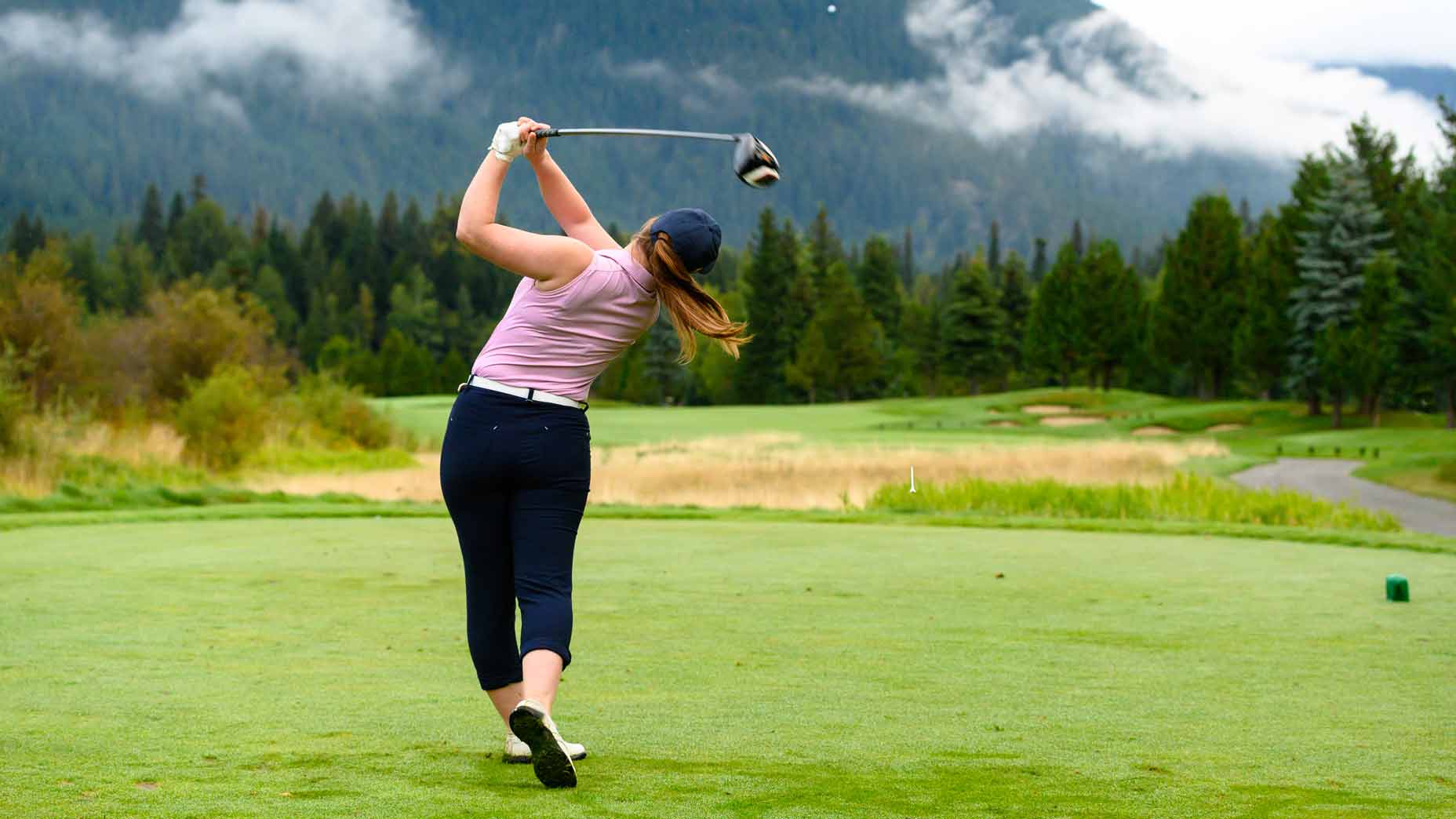
2. Too much curve
While it’s true that knowing your bad shots are slices is better than not knowing what your bad shots are at all, lower handicaps tend to have less curve on their ball generally, according to GOLFTEC. That goes for both their good and bad shots.
Low single digits on average impart about 300 rpms less of sidespin, on all their shots, compared with high 80s shots. A little shape is good, but beware that little fade becoming a mini slice, and a little slice become a monster slice. Keep the ball moving in a fairly straight direction, and work from there.
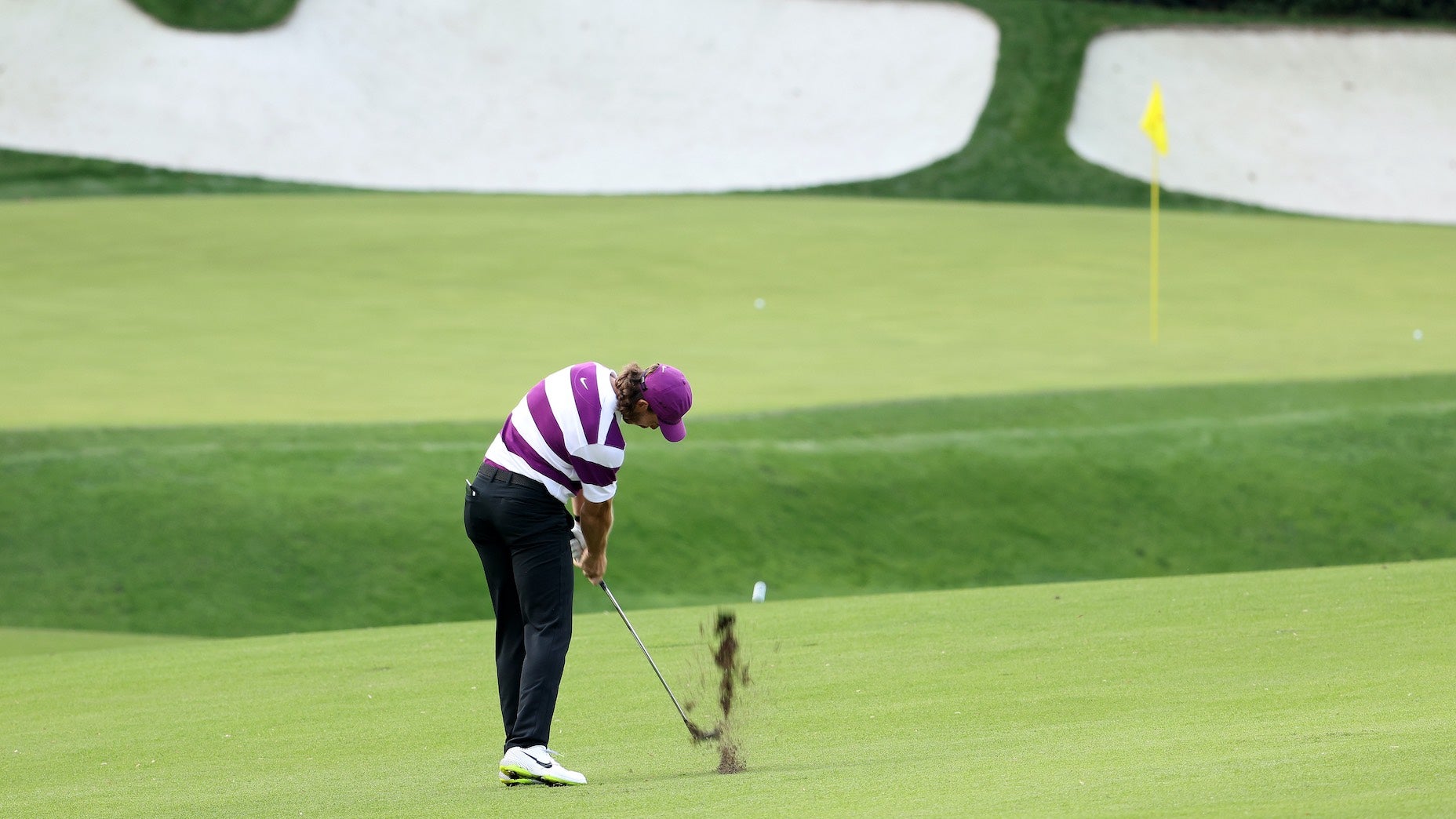
3. Chunks and thins
Nothing can wreck a good scorecard like a bad contact error: A chunked iron shot, a top off the tee, or a skull over the green. GOLFTEC found a key cause of misses like these is because higher handicaps tend to sway too much on the backswing, and have trouble timing contact consistently on the downswing as a result. Limit the swaying, and you’ll limit your bad shots, too.

4. Not knowing distances
Higher handicappers miss short more than lower handicappers. Part of that is because of the above: A disaster top or shank is technically a miss short, which doesn’t help the numbers. But the other, bigger factor is that lower handicappers tend know the yardages of their clubs, whereas higher handicappers tend to guess — or in some cases, lie to themselves — about their distances and miss short about 70 percent of the time, according to GOLFTEC.

